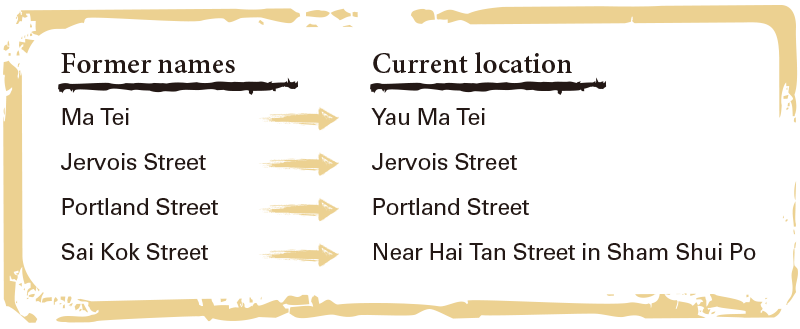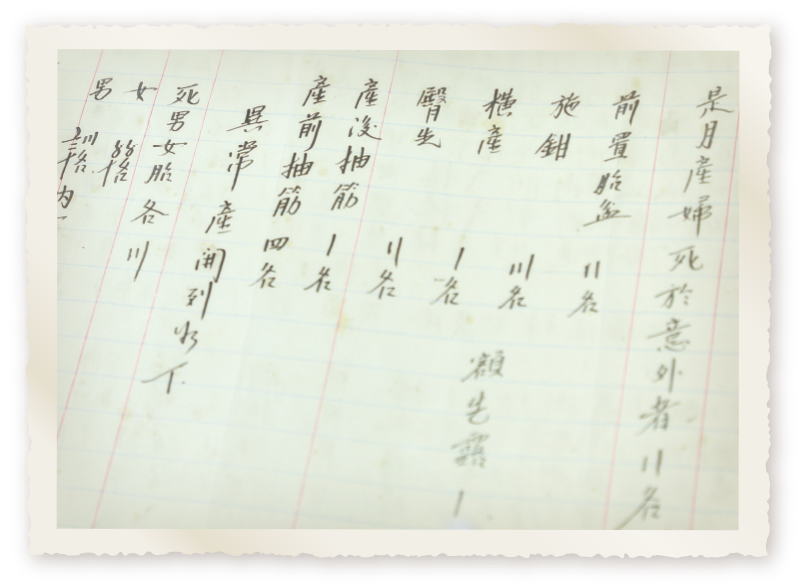Restoring the distinct past of KWH
Founded in 1911 as the first Chinese hospital in Kowloon and the New Territories, Kwong Wah Hospital (KWH) houses thousands of century-old medical records including hospital registries, birth and death records, maternity records and operating theatre records which are unique to Hong Kong. Last year, a total of 1,249 copies of medical records, which were created before the establishment of Hospital Authority, were handed over to the Tung Wah Group of Hospitals (TWGHs) for permanent storage. Dating back to 2013, TWGHs engaged conservation specialist and collaborated with the Conservation Office of the Leisure and Cultural Services Department to restore the Chinese-styled binding hospital registries from 1917 to 1945. The restoration project was completed in four years. And now, the team are working on the birth records. Let’s explore the lesser-known stories from KWH records with Stella See, Head of Records and Heritage Office, and Lai Chun-ying, Conservation Specialist of TWGHs.
Chinese taboos
In the early 20th century, many patients would only go to hospital as the last resort because hospital was deemed an ominous place in the Chinese community. For instance, there were 2,388 inpatient admissions in 1917, 697 of whom died during hospitalisation, accounting for an inpatient death rate of 30%. There was zero inpatient admission recorded on the first day of Lunar New Year – another evidence illustrating how hospital visit was considered as a bad omen in Chinese culture at that time. Due to the lower social status of women who tended to avoid any close body contact with male doctors, male patients outnumbered female ones.
A western medicine practitioner earned five times as much as a Chinese medicine practitioner
Both western and traditional Chinese medicine were provided in KWH, with four Chinese medicine practitioners serving after the hospital inception and Dr Y S Lee, the first western medicine practitioner in KWH, was recruited in the following year. By and large, Chinese patients preferred Chinese medical treatment, except for surgical and obstetric cases. In 1912, the pay for a Chinese medicine practitioner was between 30 to 40 dollars per month, comparing to 200 dollars for a western medicine practitioner. Taking seven cents per catty of rice in October 1911 as a reference, 200 dollars equalled the value of 2,800 catty of rice, which were enough for the whole hospital for four months.
Recount of old places in HK
Before the Second World War, KWH mainly served residents in Kowloon including Mong Kok, Yau Ma Tei, Hung Hom, Chuk Yuen and boat dwellers. Sometimes, there may even be patients from Sanitary Board (later named Urban Council), the Mainland China, referrals from the police or even homeless people.
Obstetric service drove the development of western medication
Obstetric service was introduced in 1915 and was well-received by the public. During the service peak between the 1950s and 1960s, three to four pregnant women had to share an obstetric bed at the same time. Given how the concept of ‘more sons, more blessings’ prevailed, it was recorded that a woman had given birth to as many as 16 babies.
● New technology to enhance patient safety
COVER STORY
● No more boundaries for radiology images
● Development of filmless technology
● Streamlined workflow model for four million sets of radiology images
● Triumph over 9-year uphill struggles
FEATURE
● Restoring the distinct past of KWH
● ‘Like for like’ approach in restoration
PEOPLE
● Young physiotherapist builds a playground in developing country
● Most-loved facilities in the playground
HELEN HA
● Small electrical appliances now available at the online shop
WHAT'S NEW
● New leaders adopt a down-to-earth leadership style
● Mothers’ great companion on the journey of breastfeeding
● Measures to facilitate breastfeeding in workplace
● Make the most out of big data in service planning
● Big data analytics platform to be launched by year-end – no copy and take away of data
STAFF CORNER
● TPH psychiatric rehabilitation centre develops multi-disciplinary training for patients’ recovery
● Fall prevention programme helps elders stay safe and healthy
● 我們都在這裡!(Chinese version only)



